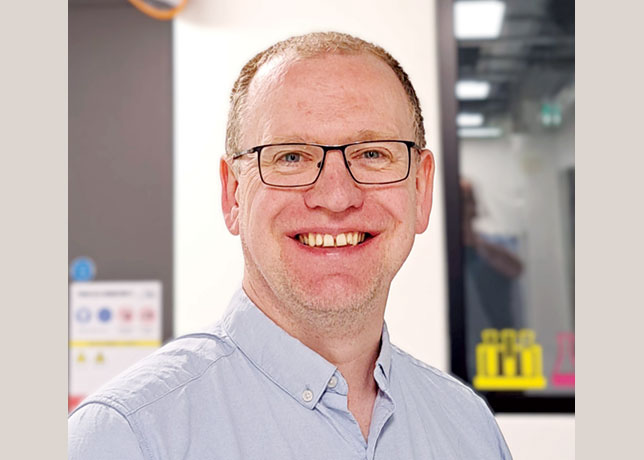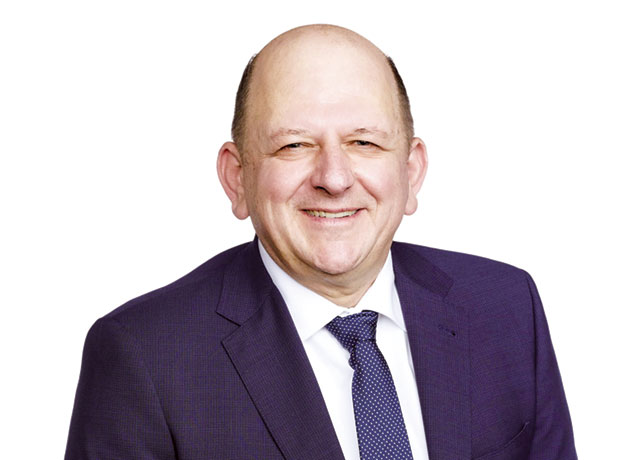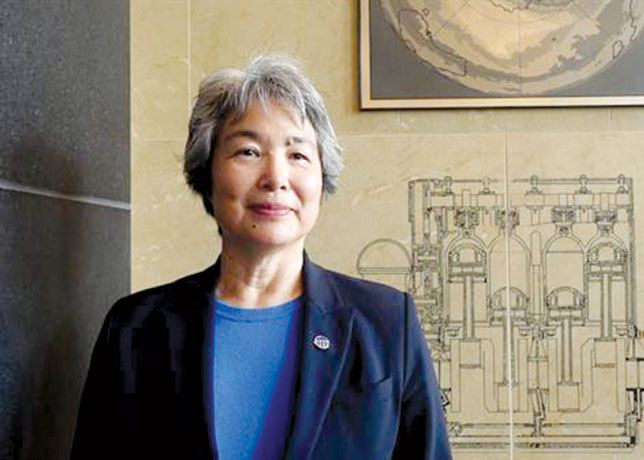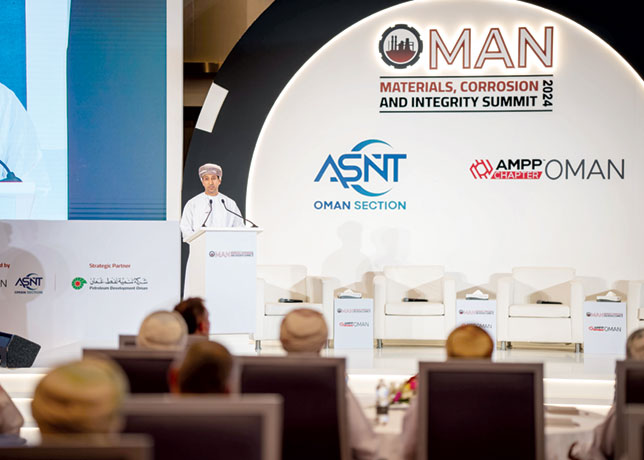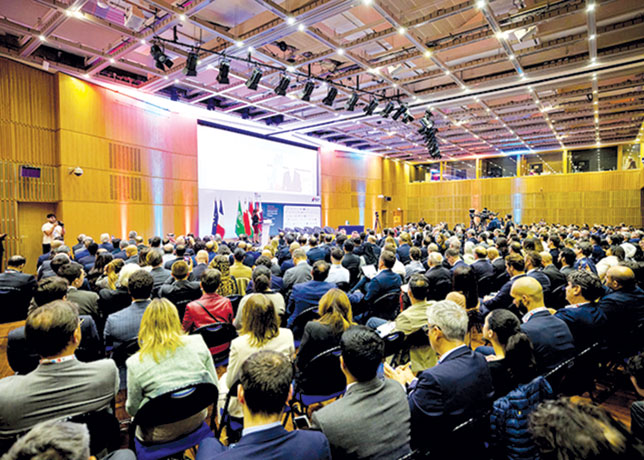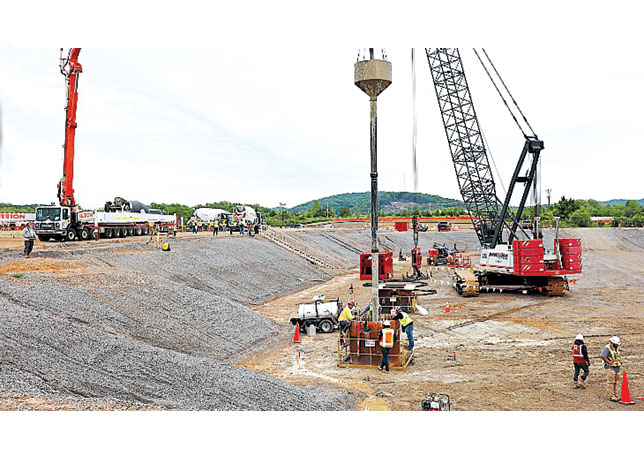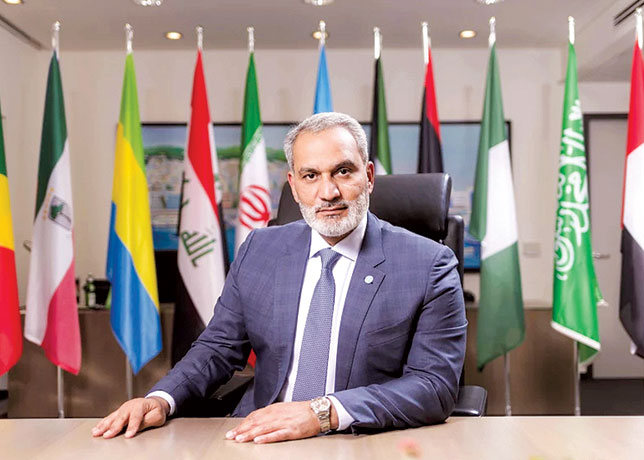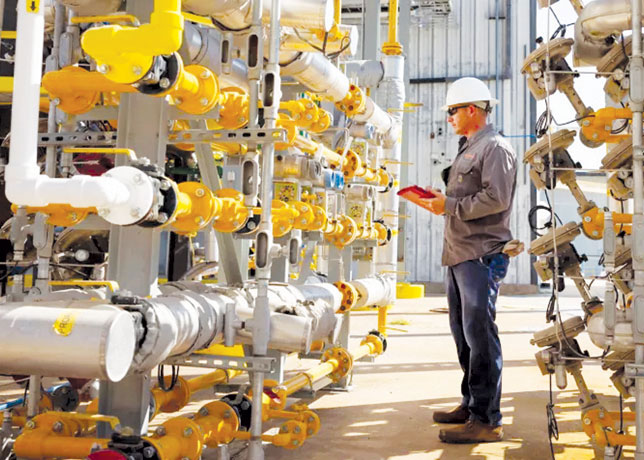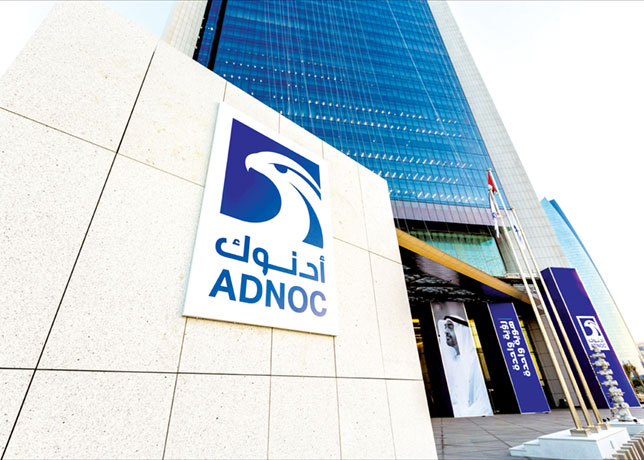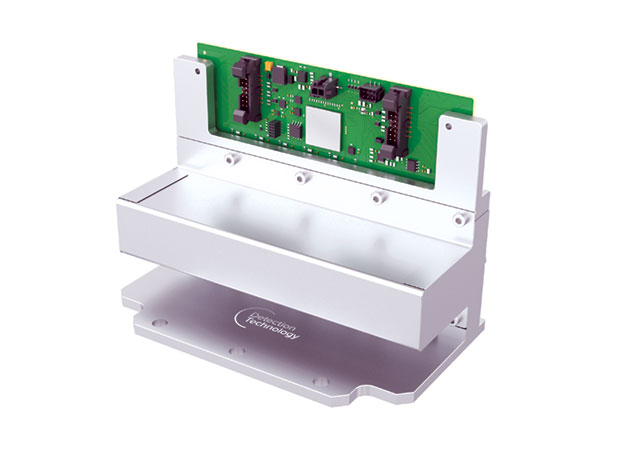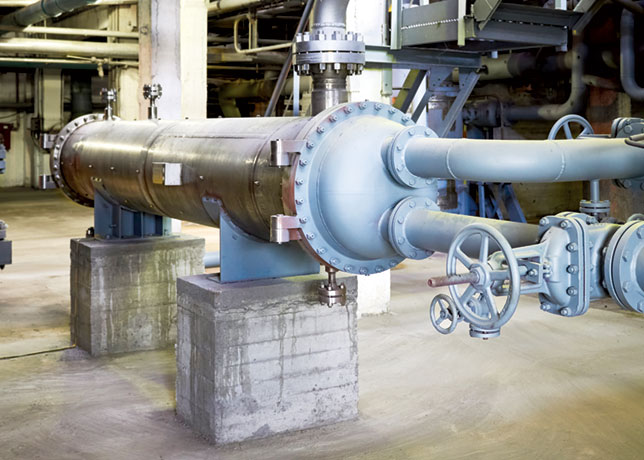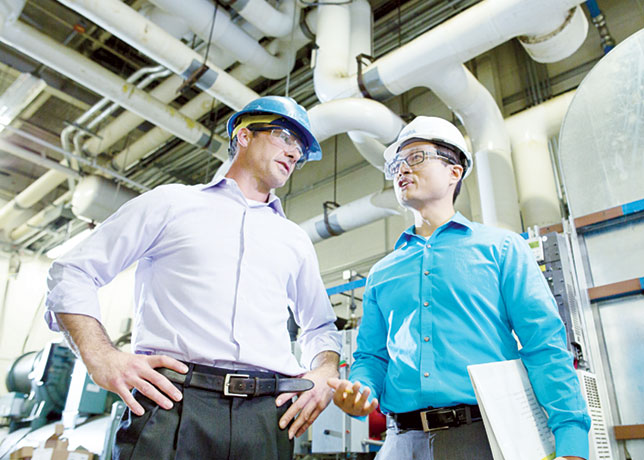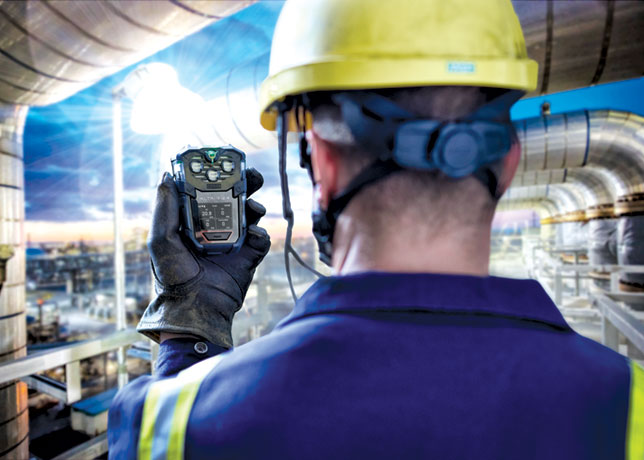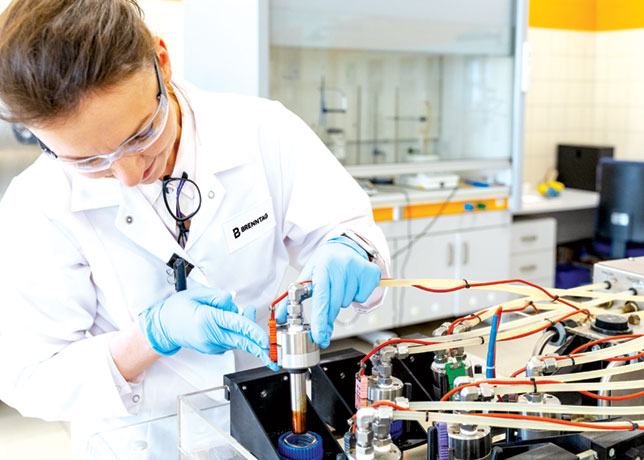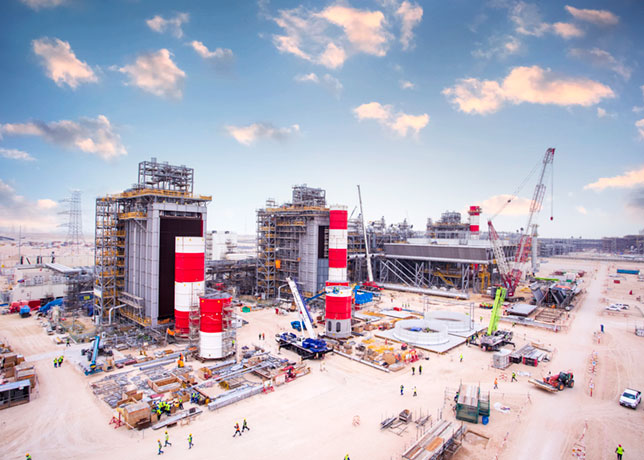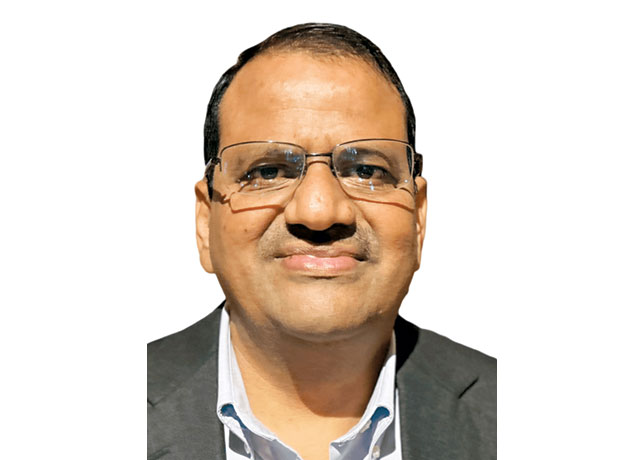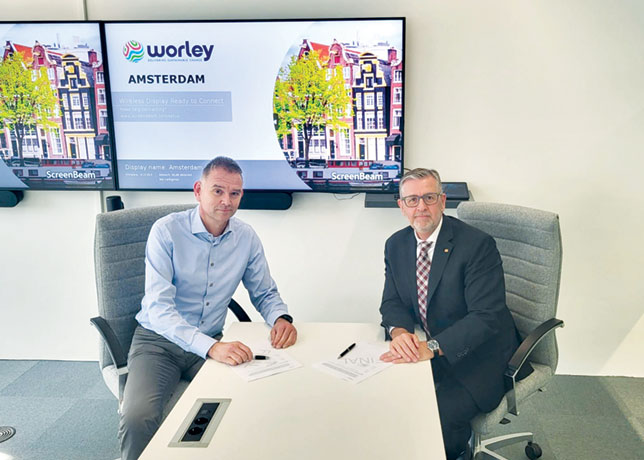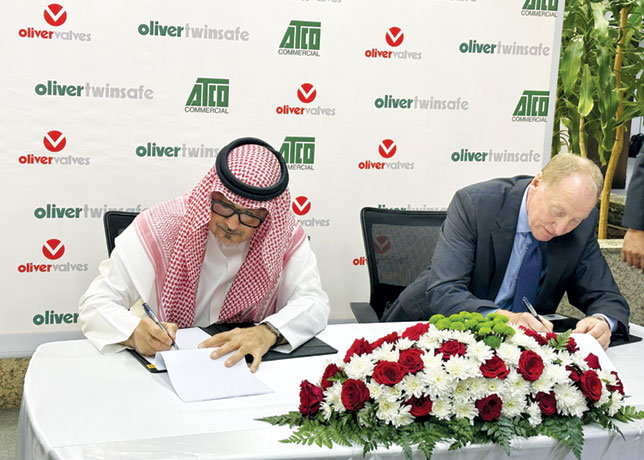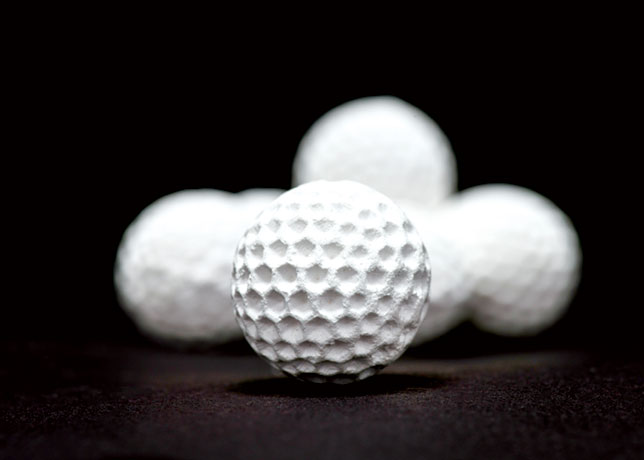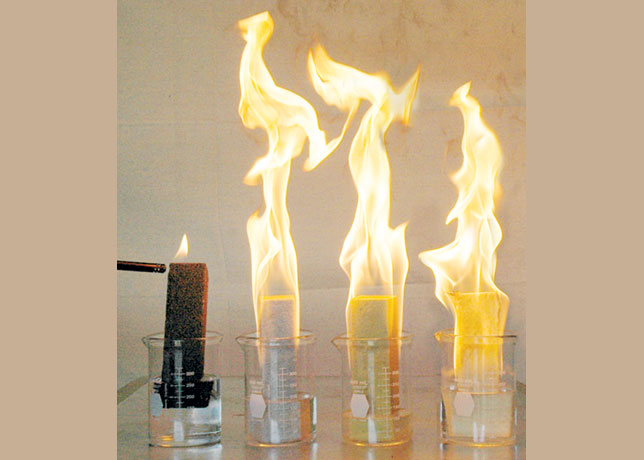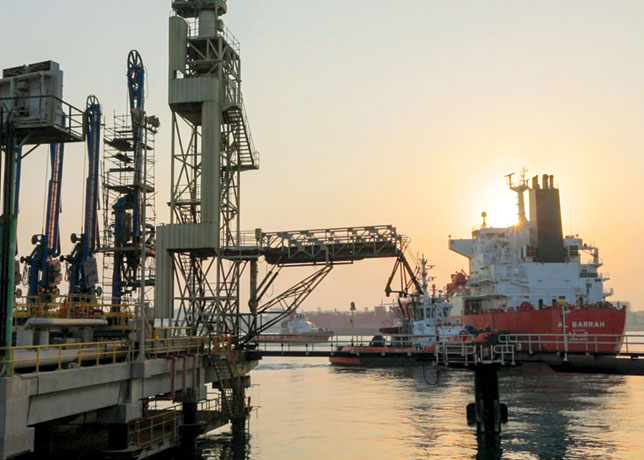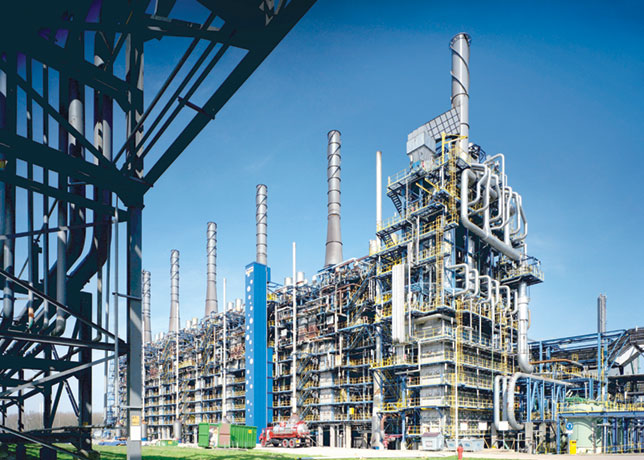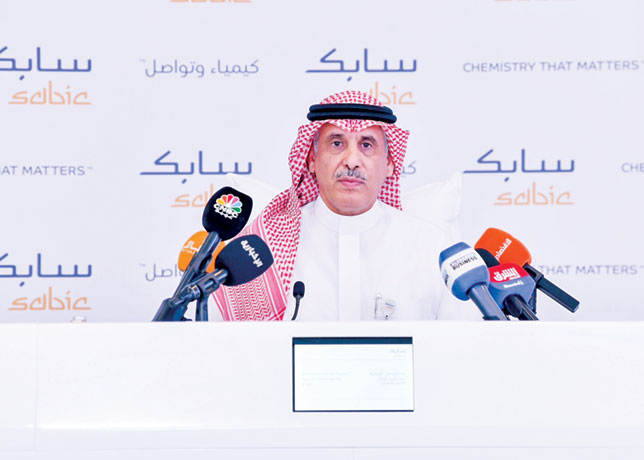
 An observation class ROV.
An observation class ROV.
Sonsub, a Saipem Group company, has been awarded the lease, operation and maintenance of remotely operated vehicles (ROVs) contract by BP America.
The contract covers BP's Thunder Horse, Atlantis, Mad Dog and Holstein development fields in the Gulf of Mexico.
Sonsub, a part of the Italian Eni group, is a contractor to the international telecommunication, offshore oil and gas industry, specialising in technologically sophisticated engineering, construction and maintenance services.
Under the terms of the contract, Sonsub is to supply up to five ROV systems including three new purpose built ROV's on the Thunder Horse (2) and Atlantis (1 optional) projects as well as two existing Innovatorƒ systems, one each on Mad Dog and Holstein.
In addition to the ROVs, Sonsub has been contracted for engineering, design and fabrication of all ROV intervention tooling packages for the new ROV systems and engineering and design of the launch/recovery and cursor systems for all of the offshore facilities.
Following the build program, ROV and tooling spreads will be subjected to extended factory acceptance testing (EFAT), system integration testing (SIT), and final offshore installation and commissioning.
Robert Keith, Sonsub senior vice president for operations and commercial, said that he was excited to be involved in such complex deepwater developments.
"Sonsub looks forward to becoming integrated with the other team members, and doing our very best to meet all the project goals," he said.
In other developments, an innovative engineering solution developed by the company has led to the diverless deployment of a subsea clamp for corrosion pin hole repair in the Liuhua Field in the South China Sea, operated by Liuhua Joint Operating Group.
The project involved the design and supply of a unique ROV-deployable clamp, demonstrating Sonsub's ability to deliver innovative technological and engineering solutions to the oil and gas industry.
Divers normally carry out the deployment of subsea pipe repair clamps.
However in this instance, the pipe located in the Liuhua Field operated by Liuhua Joint Operating Group was in water depths of over 300 metres and as such, an alternative and diverless solution was necessary to ensure the safe and effective application of the clamp.
Additional challenges were presented by the location of the pipe in need of repair.
Due to its inaccessible location on a subsea well manifold, specialised camera equipment had to be developed in order to accurately place the clamp, while a specialist torque tool was required to close the clamp around the pipe.
In July last year, Sonsub utilised Saipem's MSV Maxita to complete the installation of Norsk Hydro A/S Fram Vest Templates A1 and A2 with their protection structures.
ROV intervention technology assisted the installation which took place in the Norwegian Sector of the North Sea, 20km north of Troll C Platform in a water depth of 360m.
The Maxita was mobilised out from Saipem's ERS base, Schiedam, collecting two templates and one of the protection structures from Langesund, Norway.
On completion of installation, Maxita then made a quick turnaround transit to the CCB base in Bergen to collect the remaining protection structure.
Upon completion of the second protection structure installation, the Maxita returned to Schiedam for demobilisation.
Through the provision of a unique combination of innovative engineering designs Sonsub has the ability to supply deepwater solutions in flowline installation and burial, umbilical installation, subsea construction, rigid pipeline tie-ins and flexible pipeline tie-ins.
It can also work with diverless pipeline repair systems and inspection and maintenance needs.
Recently, the firm achieved certification to BS EN ISO 9001:2000 by Lloyds Register for the design, supply, management and operation of remote operated vehicles (ROVs), including associated vessel operations.
It includes too, the supply and management of remote systems and subsea engineering projects from the head office operational base and workshops - certificate number LRQ 0964351.
This certification marks the culmination of the transition from ISO 9001: 1994, claims Sonsub.
When Saipem bought Bouygues Offshore (BOS) it was transformed into a potentially powerful force in oil and gas services.
The buyout, tendered by the majority of BOS' shareholders marked the climax of a six-year program of investments and acquisitions designed to equip Saipem for the realities of new-age contracting.
The new, enlarged Saipem is set to be organised as six global business divisions.
Three of these, offshore, drilling and leased FPSOs, will be based in Milan, reports say.
Coordinated from Paris, the offshore arm will encompass platforms, pipelines, subsea (or SURF) LNG, onshore, and MMO (maintenance, modifications, and operations).
Saipem set the foundations for its current program with a series of research and development and equipment investments between 1996 and 2001.
These included two deepwater drilling rigs, the semisubmersible Scarabeo 7 and the drillship S10000, the deepwater J-lay package for the S7000, and the deepwater pipelay/heavy lift barge FDS, built jointly with Bouygues Offshore for the SaiBos venture along with Sonsub's Innovator fleet of ultra-deepwater ROVs.
"All these investments gave us more confidence to take on EPIC contracts," Saipem managing director Hugh O'Donnell says.
From 2000 onwards, Saipem also embarked on a string of acquisitions to broaden its capability beyond drilling, pipelay, and general offshore construction.
Saipem's equipment will be managed from Milan, while its EPC competencies will be directed from Paris.
Both centres will continue to pursue research and development with Paris concentrating on the aspect of new concepts while Milan puts the bulk of its efforts into methods.
Saipem's area managers represent the firm in regions that include Angola, the Caspian, Nigeria, Russia, Saudi Arabia and Southeast Asia.




